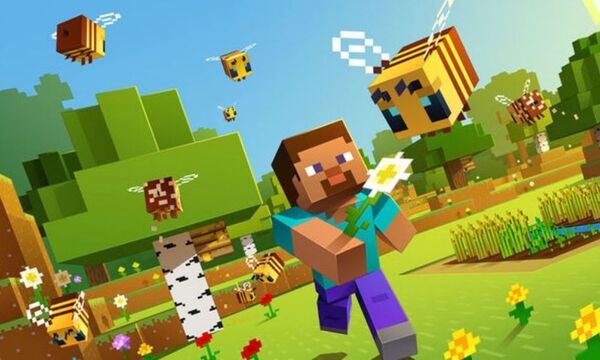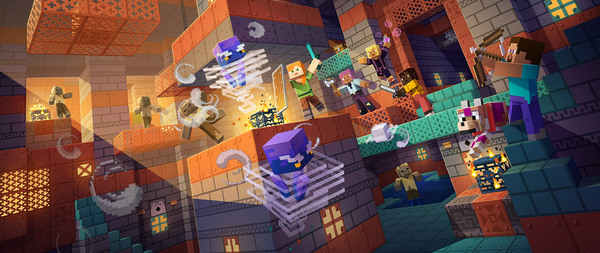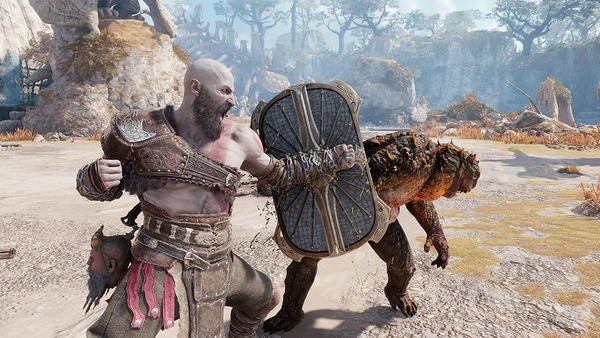Advertisement
Popular Now
Despite being a block-based game with simplistic visuals, Minecraft continues to face significant performance issues even on high-end machines. This article explores the root causes and evolution of these problems, along with how Mojang and the community have addressed them over time.

 Chunk loading is one of the biggest contributors to lag. Minecraft loads 16x16 block regions around the player, but the number of chunks loaded increases dramatically with render distance.
Chunk loading is one of the biggest contributors to lag. Minecraft loads 16x16 block regions around the player, but the number of chunks loaded increases dramatically with render distance.


Initial Java Foundation
Minecraft was originally written in Java—a flexible but slower language for real-time games. While this helped it gain cross-platform accessibility, Java’s memory management and CPU-heavy logic have long hindered performance.Garbage Collection Overhead
Java’s garbage collection system often causes periodic stutters, especially on large modded servers or in single-player worlds with many entities.CPU-bound World Generation
World gen in Java Edition is not GPU-accelerated and heavily reliant on a single thread, making it a bottleneck during exploration.Chunk Loading Challenges
 Chunk loading is one of the biggest contributors to lag. Minecraft loads 16x16 block regions around the player, but the number of chunks loaded increases dramatically with render distance.
Chunk loading is one of the biggest contributors to lag. Minecraft loads 16x16 block regions around the player, but the number of chunks loaded increases dramatically with render distance.
Single Threaded Bottleneck
For years, Minecraft only used one core to handle most chunk loading and game logic, which made even powerful CPUs feel sluggish.Async Improvements Still Limited
Even with some asynchronous improvements in newer versions, full multi-core utilization remains elusive.Redstone Complexity and Lag Machines
Redstone contraptions simulate logic circuits. While creative, they can create "lag machines" when players abuse entity updates or piston mechanics.Entity Cramming and Tick Delays
Massive entity farms, minecart clocks, or TNT duplicators strain the server tick rate, causing noticeable delays.Modded Minecraft and Optimization Issues
Modpacks add functionality, but they also magnify performance issues. Mods often bypass vanilla optimizations, leading to memory leaks and crashes.

















